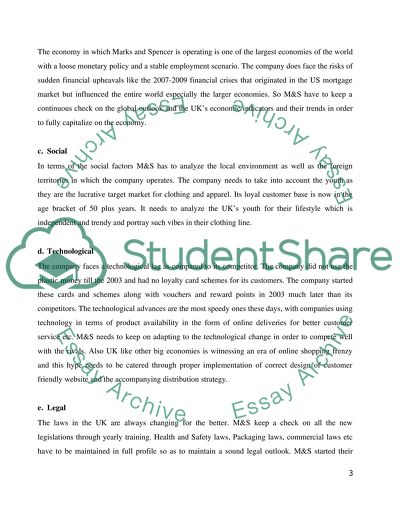Cite this document
(“Analysis Term Paper Example | Topics and Well Written Essays - 3000 words”, n.d.)
Retrieved from https://studentshare.org/marketing/1396897-analysis
Retrieved from https://studentshare.org/marketing/1396897-analysis
(Analysis Term Paper Example | Topics and Well Written Essays - 3000 Words)
https://studentshare.org/marketing/1396897-analysis.
https://studentshare.org/marketing/1396897-analysis.
“Analysis Term Paper Example | Topics and Well Written Essays - 3000 Words”, n.d. https://studentshare.org/marketing/1396897-analysis.


